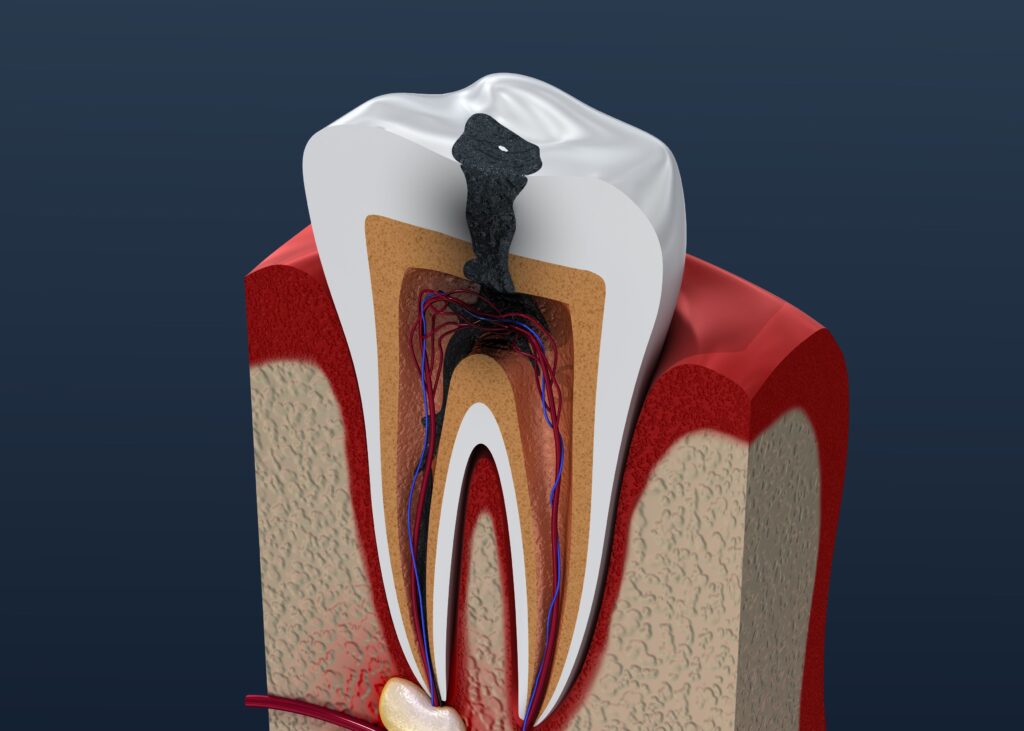Toothache Trouble: Do I Need a Root Canal or an Extraction?
September 22, 2024

If you have a sudden or unrelenting toothache, you might have a damaged or infected tooth. Thankfully, your dentist can offer multiple solutions to address the issue and provide relief, like a root canal procedure or an extraction and replacement. Although these techniques are very different, each one can potentially address the underlying issue and alleviate your pain.
But how do you know which treatment is best for you? Continue reading to learn more about both methods so you can make an informed decision concerning your dental health!
What is a Root Canal Procedure?
A root canal allows your dentist to repair your injured tooth to preserve its functionality. Typically, they start by numbing the area, so you don’t feel any additional discomfort. Then, they create a small opening in your tooth to carefully remove any infected materials before sanitizing and sealing it back up.
Finally, they’ll fit you with a dental crown to safeguard your tooth so you can continue to use it normally. The dental lab can take a few weeks to build your permanent restoration, so your provider will likely provide a temporary one to wear in the meantime.
When Are Root Canals Best?
This treatment is ideal if your injured tooth remains largely intact and has a firm root anchoring it in your jawbone. By removing any infection and placing a crown over your structurally impaired pearly white, you can preserve its place in your mouth even if the nerve is already dead. This keeps your jawbone active and healthy so that it can continue serving as a strong foundation for all your teeth moving forward.
What is an Extraction?
Sometimes, a tooth is too destroyed to be saved. If it’s suffered severe decay or damage, there might not be enough healthy material left to be successfully restored. In such cases, removing it is the best way to preserve your oral well-being.
A simple extraction involves numbing the area and gently wiggling the tooth out of its socket with an elevator and forceps. However, if you need to have a larger or less accessible tooth extracted, you might require a more complex surgical procedure.
When is Extraction Ideal?
Because cavities and gum disease are contagious, you’ll want to have the troublesome tooth pulled before it affects your nearby teeth, gums, or jawbone. Then, replacing it as quickly as possible is important to prevent a weakening jawbone or dental drifting. Dental implants are the only restorations uniquely embedded into your jawbone for additional benefits. That said, based on your circumstances, you might also benefit from dentures or a dental bridge.
If you still feel uncertain about how to proceed, the best step is to schedule a consultation with your dentist!
About the Author
Dr. Bradford Plasha enjoys helping families improve their lives by enhancing their oral health. He earned his dental degree from the Rutgers School of Dental Medicine, and is an active member of the American Dental Association and other prestigious organizations. He proudly offers a wide range of top-quality services to conveniently meet all your dental care needs under one roof. Then, he uses state-of-the-art equipment to ensure your comfort and safety are always prioritized. If you have a toothache and need help, you can request an appointment on the website or call (484) 854-6900.
No Comments
No comments yet.
RSS feed for comments on this post.
Sorry, the comment form is closed at this time.
